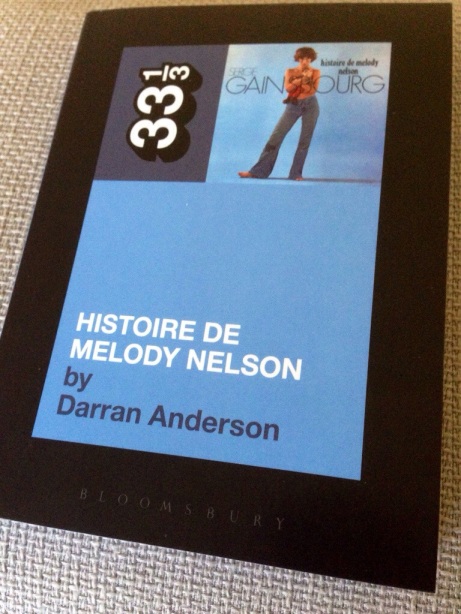
How Bluegrass Music Destroyed My Life by John Fahey. Third edition paperback from Drag City (DC 124). No designer credited.
I first read Fahey’s collection in 2000 or 2001, when it first came out—a good friend lent it to me and I returned it. Later, he loaned it to another friend who did not return it. I bought the book last summer while visiting the first friend (he took me to the Spoonbill & Sugartown bookshop in Brooklyn). Fahey’s book is sorta memoir, sorta fiction (at times), all weird and good. There’s a wonderful chapter about Fahey’s work on Michaelangelo Antonioni’s film Zabriskie Point that culminates in Fahey and Antonioni getting into a fistfight.

Will Oldham on Bonnie “Prince” Billy by Will Oldham and Alan Licht. First edition trade paperback from W.W. Norton. Cover design by Faber using a painting (of Oldham) by Becky Blair.
The friend who lent me the Fahey book insisted for months that I pick up Will Oldham on Bonnie “Prince” Billy; when I kept neglecting to find it, he eventually just sent it to me. The book is basically the edited transcripts of discussions between Oldham and Licht. While there’s a heavy focus on Oldham’s music (and his acting career), the book is ultimately about creation and the artistic process. It is one of the better books about music that I’ve ever read. (A “Cosmological Timeline” at the end of the book begins in 1778 with Captain James Cook’s discovery of the “the Hawaiian tradition of surfing” and ends in 2011 with Jennifer Herrema changing RTX into Black Bananas).

Sign ‘O’ the Times by Michaelangelo Matos. A 33 1/3 book from Continuum, 2004. No designer credited.
I bought this at a Friends of the Library sale maybe 10 years ago. Matos’s take on Prince’s 1987 double album weaves music history and music criticism into personal memoir. The book ends with Prince seeing Matos seeing Prince at an Ohio Players’ show in 1997.


